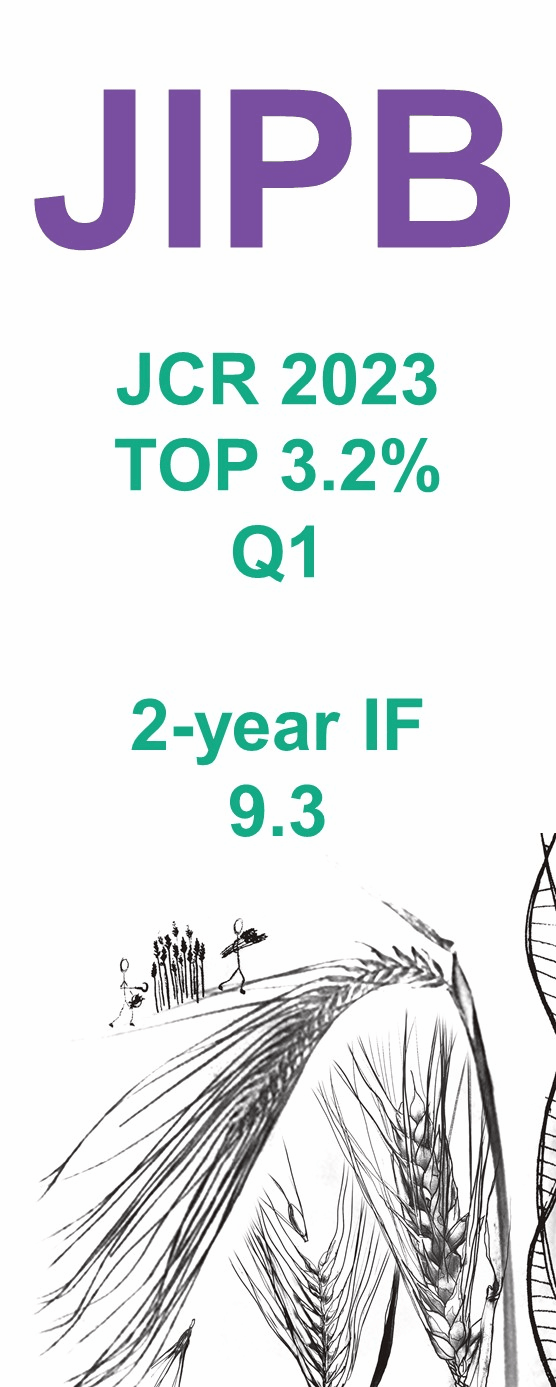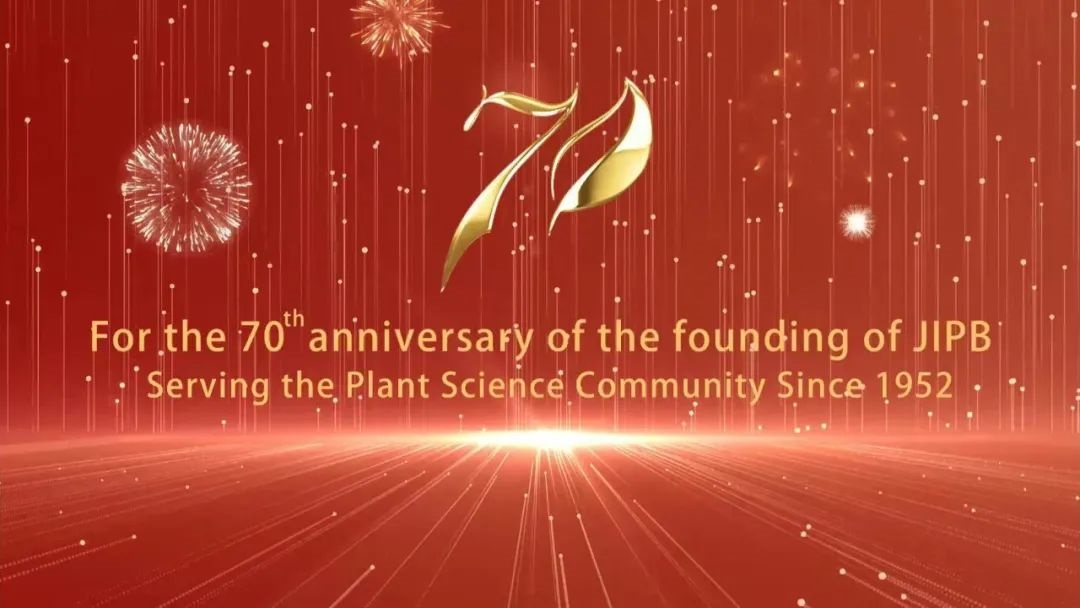Select
Author: Qi-Bin Zhang and Xuemei Shao
J Integr Plant Biol 2007, 49 (2): 129-130.
Tree rings have long been recognized as a useful indicator of past environmental changes. Besides traditional applications in studies of climate change and archaeology, the technique of dendrochronology has been widely used in answering ecological questions. This has been partly reflected by the broad topics on tree rings and ecology presented at the 7th International Conference on Dendrochronology (ICD), which was held in Beijing, June 11–17 2006. At this conference, Dr Henri Grissono-Mayer, the plenary speaker for the theme, defined dendroecology as the science that uses tree rings, dated to their exact year of formation, to analyze temporal and spatial relationships between living organisms and their environment.
The five papers included in this issue of the Journal were selected from the 7th ICD presentations that addressed applications of dendrochronological techniques in different aspects of ecological studies. The paper by Du and Yamamoto (page 131−143) presents a review of the biology of reaction wood formation and its recent research progress. Knowledge of the types of reaction wood and the mechanisms of their development is useful for interpreting such tree-ring features from the viewpoint of environmental events and their influences.The paper by Campbell et al. (page 168−178) addresses the disturbance ecology of forest insect activities through investigating mountain pine beetle outbreaks in central British Columbia, Canada. Their results provide evidence that radial growth releases in surviving host trees match data from aerial surveys of mountain pine beetle outbreaks when taking into account the climate and stand characteristics. Liu et al. (page 150−156) tackle the hydroecology of Oasis forest trees by studying the radial growth of Populus euphratica trees in the lower reaches of the Heihe Basin, Northwestern China. The results are particularly useful for management of water resources and protection of oasis forests in this region of frequent water shortages. Lin et al. (page 157−167) touch on conservation ecology by conducting dendroecologyical analyses of the age distribution and growth dynamics of an endangered tree species (Amentotaxus formosana Li) in Taiwan. The fifth paper, by Liu and Zhang (page 144−149), reports the characteristics of growth rings in the main roots of perennial forb species from Inner Mongolian grasslands in northern China, demonstrating the feasibility of using herb chronology for studies of climate change and disturbance effects in grasslands.
The topics of the above five papers represent only a small part of the research fields in dendroecology. At the 7th ICD, 76 oral presentations and 35 posters touched on different aspects of the field of dendroecology(detailed information of the sessions, presentations and posters can be found at the conference website, http://7thicd.ibcas.ac.cn). However, compared to active research in the world, dendroecological study in China is very weak. Given that China is currently in a stage of rapid economic development and that the global climate continues to change, we propose that future dendroecological studies in China should receive more attention in the following areas: (i) understanding disturbance regimes, such as droughts, flooding, fire and insect outbreaks, and their relationships with changing climates in typical forest types; (ii) conducting interdisciplinary studies(such as ecology, climatology and hydrology) to understand better the effects of global change on forests as well as the interactions among different factors that shape landscapes; (iii) communication with personnel in forestry management to apply dendroecologial techniques and theories for answering questions in practical management; and (iv) dissemination of ecological and environmental knowledge to the public from the viewpoint of dendroecology.
We would like to end this introductory article by expressing our thanks to the editors of the Journal of Integrative Plant Biology for agreeing to and assisting in the publication of the selected papers in the Journal.Our thanks extend to the Institute of Botany of the Chinese Academy of Sciences (CAS) for organizing and hosting the conference, the Tree-Ring Society, the Association of Tree-Ring Research, and the Tree-Ring Working Group of the International Union of Forest Research Organization for support and assistance in the organization of the conference. We are grateful to PAGES, Tree-Ring Society, National Natural Science Foundation of China, State Ministry of Education of China, CAS and CAS’s Key Laboratory of Quantitative Ecology at the Institute of Botany for their financial support of the conference. We thank the 272 registered participants and a number of uncounted others from 35 countries and regions for attending the conference. We also thank the conference committee members for their efforts in making the conference a success. We hope that the tree-ring and ecology presentations at the conference and the selected papers in this issue will stimulate interest in the broad areas of dendroecological research in the future. Particularly, we hope there will be a growing number of presentations on China’s dendroecological research at the 8th International Conference on Dendrochronology that will be held in Rovaniemi, Finland in 2010.




 Scan the QR code to view JIPB on WeChat
Scan the QR code to view JIPB on WeChat













